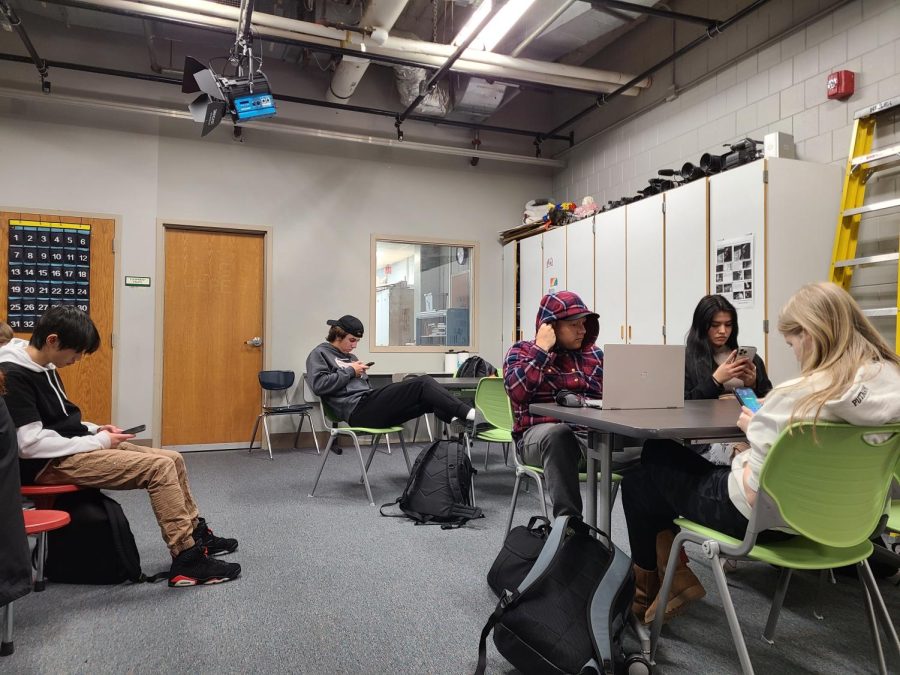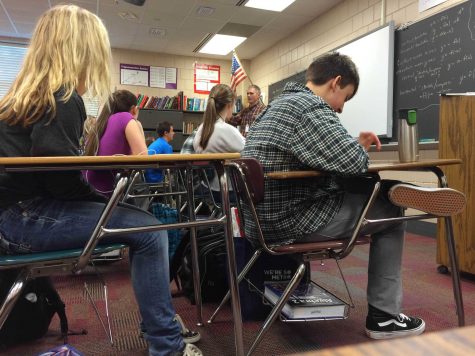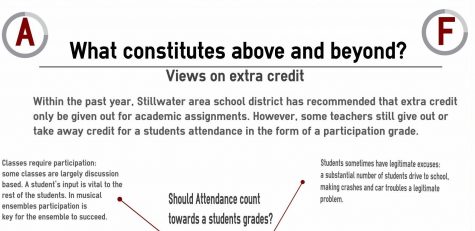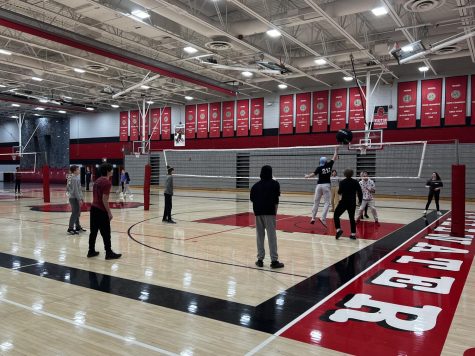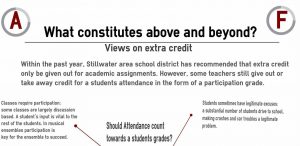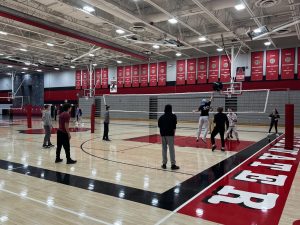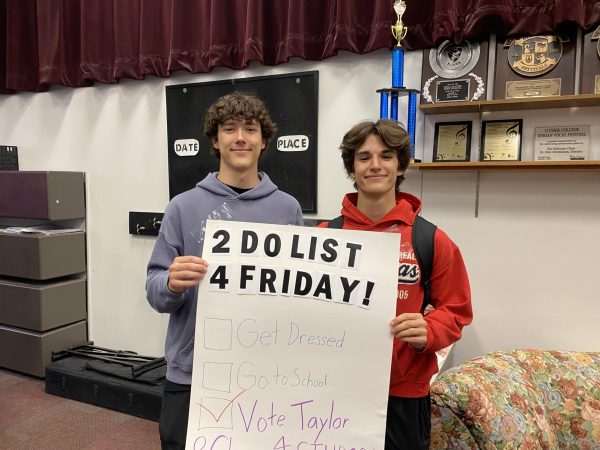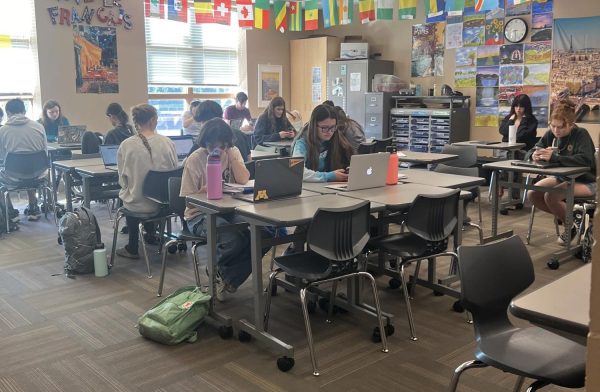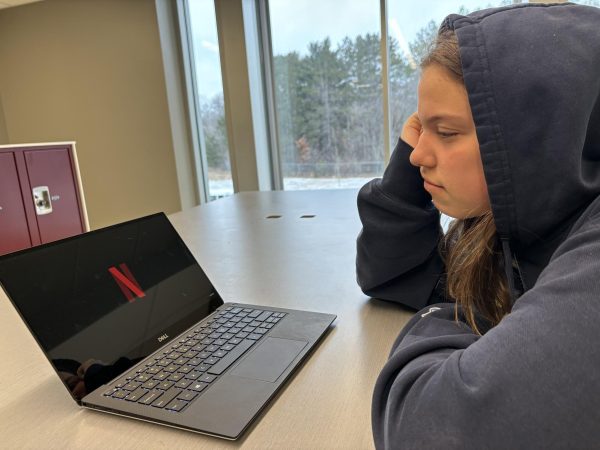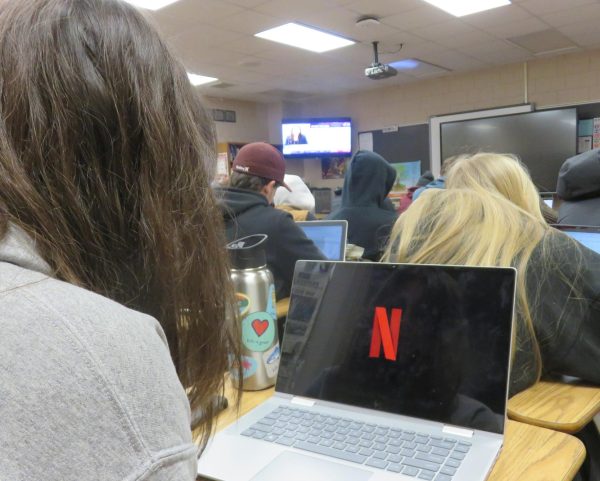Students lack motivation after pandemic
Students in class spend their time looking at phones rather than doing work. Phones are a major problem for student engagement in school.
March 13, 2023
After years of struggling with the COVID-19 pandemic, school is back to normal. Years of disruption, however, have taken their toll on the student population.
Online learning, hybrid schedules and canceled activities have made engaging with school harder than ever before, and some students have not recovered that lost engagement.
Rates of low student engagement were higher over the pandemic than usual. Without engagement, students lack the motivation to turn in work, leading to a changing demographic of grades. This lack of engagement has affected some students more than others.
Parent Leah Moss explained the pandemic caused some students to turn more inward and feel that things like schoolwork are less important compared to what is going on in the world.
Besides a lack of student engagement, stress is a major factor in students’ motivation. Experiences that hinder learning and make it stressful – like the COVID-19 pandemic – cause students to lack motivation towards school.
Dealing with missing students, video teacher Debbie Drew explained, “They have all their core classes that they’re now getting way behind in and so it stresses them out even more so they don’t come to school.” She added that, “it’s just this vicious cycle.”
I think that a lot of students are successful they just choose to not put in effort, like a lot of students can do well, they just have things that they would do, like hanging out with friends or doing some other sort of activity,
Across the country, grades – due to dwindling student motivation – have become biased towards the high and low ends of the spectrum. Now the main criteria for student success is not how well they do, but whether they do their work.
“I think that a lot of students are successful they just choose to not put in effort, like a lot of students can do well, they just have things that they would do, like hanging out with friends or doing some other sort of activity,” junior Zenith Bertz said.
Students experience academic pressure to do well, either from their parents or from the goals and expectations they set for themselves. That pressure was magnified by the pandemic years, where low motivation caused many students – who had previously been doing well – to now struggle to raise their grade point averages to what they consider acceptable.
“The closer you get to senior year and the pressures of getting your grades up and you know, completing everything you need to complete for graduation and what do I do after graduation and I think those kids are having a harder time getting back into it,” Drew said.
Uncertainty of what is to come is the main factor of student stress. Planning for the future feels impossible for many. After the pandemic, stress from that only makes it harder for students to feel motivated, but that has not been the experience for everyone.
“Honestly, I haven’t seen much in terms of like stress around the future based off of the pandemic. And for me, personally, I don’t think the pandemic’s particularly impacted my ideas for the future. It was mainly just the things I found out about myself and my interest in high school that change that,” Bertz said.
Motivation is something that students already struggled with. The pandemic made it an even bigger problem. Missing assignments have become the norm. What would have been unacceptable in the past is just how things now are. As schools across the country return to normalcy, the question of how students are going to acclimate back into school is up for debate.


